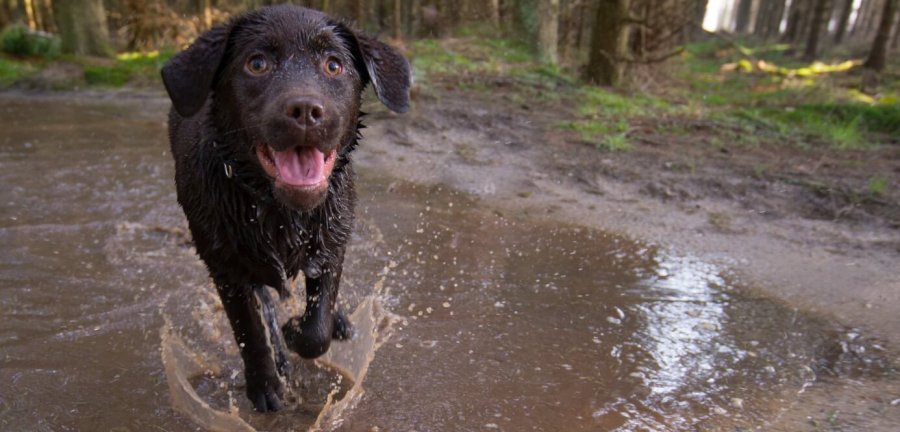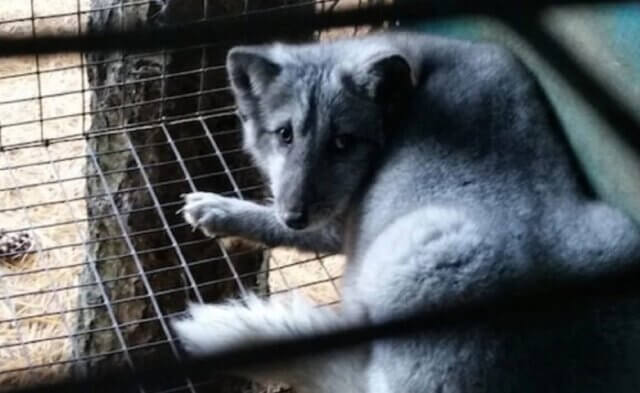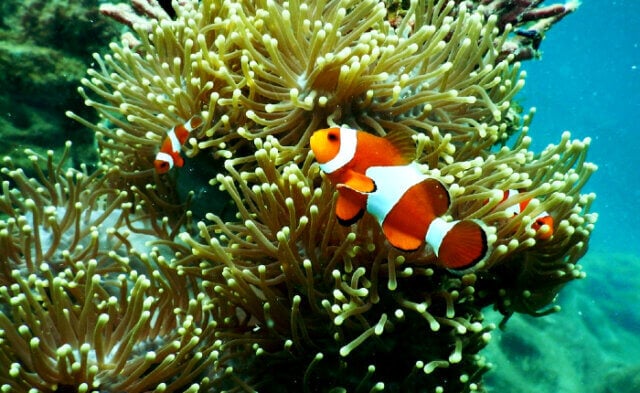I walk into the examination room and see a cute, 6-month-old male Shih Tzu named Gus. Gus’ caretaker is a frail, older woman with a walking cane. Gus appears bright and happy. I’m told, “You’re the fourth vet I’ve seen for this problem, so I hope you can fix him.” As a veterinary specialist, I’m often viewed as the proverbial “Custer’s last stand” for arriving at an elusive diagnosis or improving an animal’s condition.
Gus’ mom tells me that he has a wound that bleeds at home and will not heal, despite numerous salves and medications. Upon inspection, it’s evident why she is so frustrated. The wound is too large to heal on its own and will require skin-graft surgery. The prognosis is excellent with this procedure, but Gus’ viability as a companion animal depends on this repair. I discuss this with the woman, who replies, “I’d love to help him, doctor, but I’m on a fixed income and can’t afford this. What can I do?”
I see a 1-year-old cat brought in by Ms. Jones for weight loss for a week. I’m told she’d like me to find the cause in as inexpensive a manner as possible. I feel a lump in the cat’s abdomen, which is always troubling. I advise doing a sonogram to further investigate and discover a benign but life-threatening condition in which the intestines clump together into a mass. With surgery, the prognosis is excellent. Without surgery, the cat will die a lingering death. I discuss the need for surgery with Mrs. Jones and provide an estimate of approximately $2,500. I’m told that she will consult with her family. An hour later, Mr. Jones arrives to speak with me and tells me, “You know, doc, we’ve got a mortgage to pay for, and we have to save for the kids’ college, so I guess you’ll have to put the cat to sleep.”
Veterinarians are caught every day between the desire to provide medical care for animals and the desire of the animals’ guardians to keep costs to a minimum. In Gus’ case, it was evident that the emotional bond was strong. So with our help, his guardian obtained funds from local humane societies to cover all the costs of the surgery, and Gus made a full recovery. At the time of his discharge, Gus’ mom thanked me by saying, “If there’s anything I can ever do to repay you, let me know.” I told her she could repay me by saving for a medical fund for Gus so that she would never again have to choose between affording his medical care and meeting her own financial needs.
In the case of the cat, the bond was not as strong, and euthanasia was elected.
Our animal companions commonly take ill after regular business hours, and a serious illness or injury can require thousands of dollars to resolve or repair. So, what can you do to avoid finding yourself in this situation?
1. Consider pet health insurance. This does not cover the majority of costs, as it does in people, but instead is a subsidy that can help meet out-of-pocket veterinary expenses.
2. Create a medical fund for your animal companion and start saving!
3. Ensure that you have the financial resources to care for an animal prior to adopting one.
4. Discuss these issues with your family veterinarian during puppy or kitten visits.
With the evolving role of companion animals as family members in our society, the breadth of services that veterinary medicine can provide has increased exponentially. Chemotherapy, dialysis, MRI imaging, laparoscopy, and 24-hour monitoring are provided for dogs and cats daily. It is vital for both the well-being of our animal companions and the viability of veterinary medicine that animal guardians plan ahead in order to be able to cover the costs of these services.





